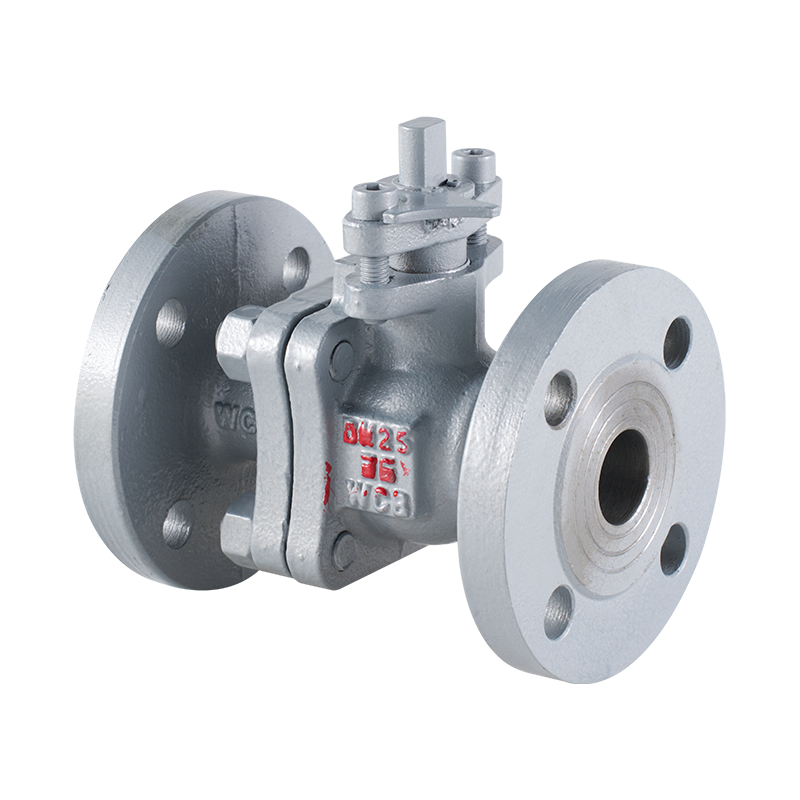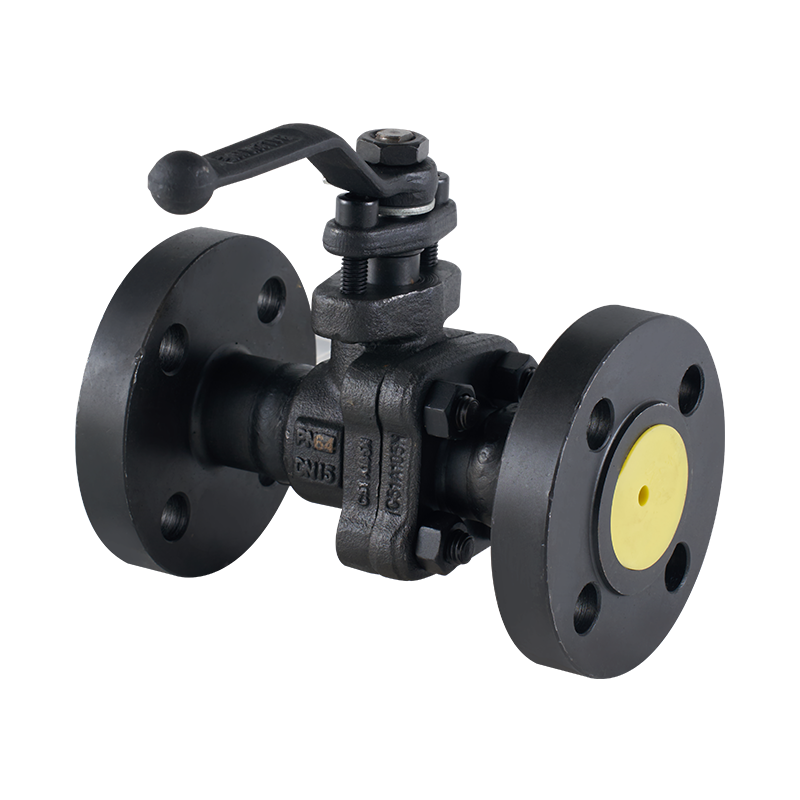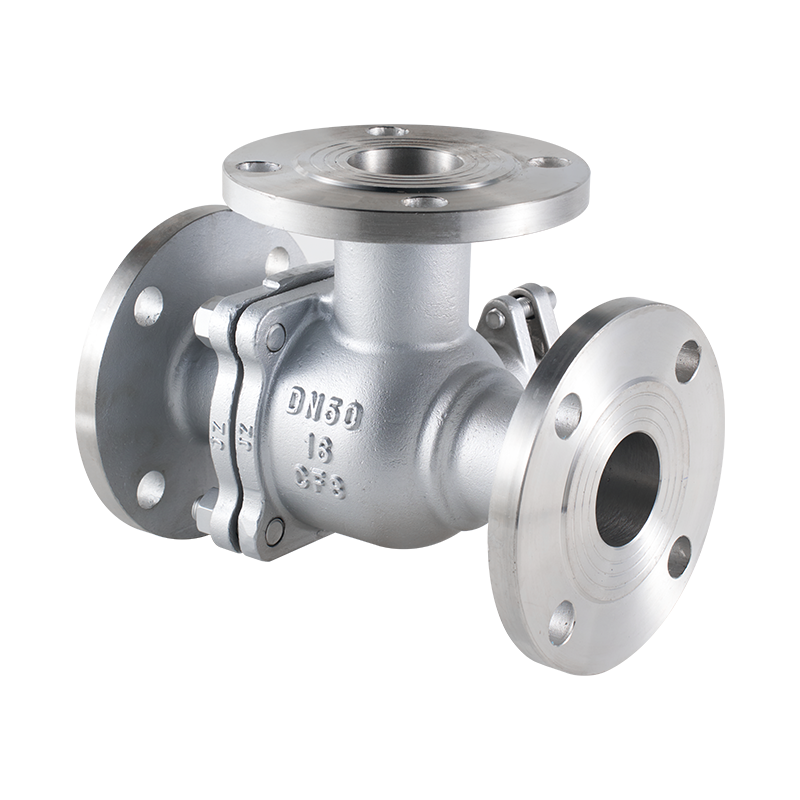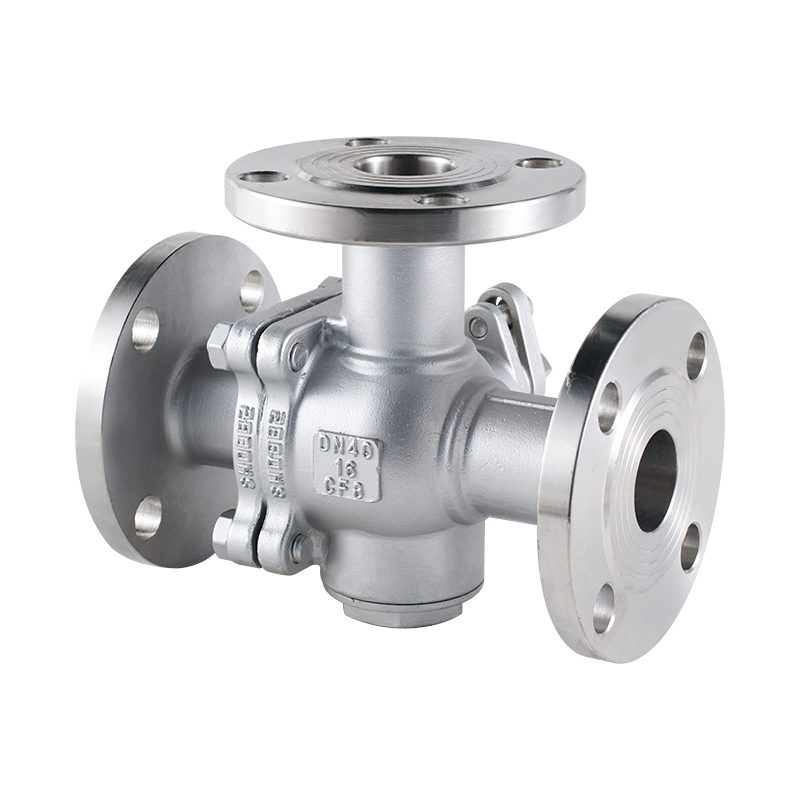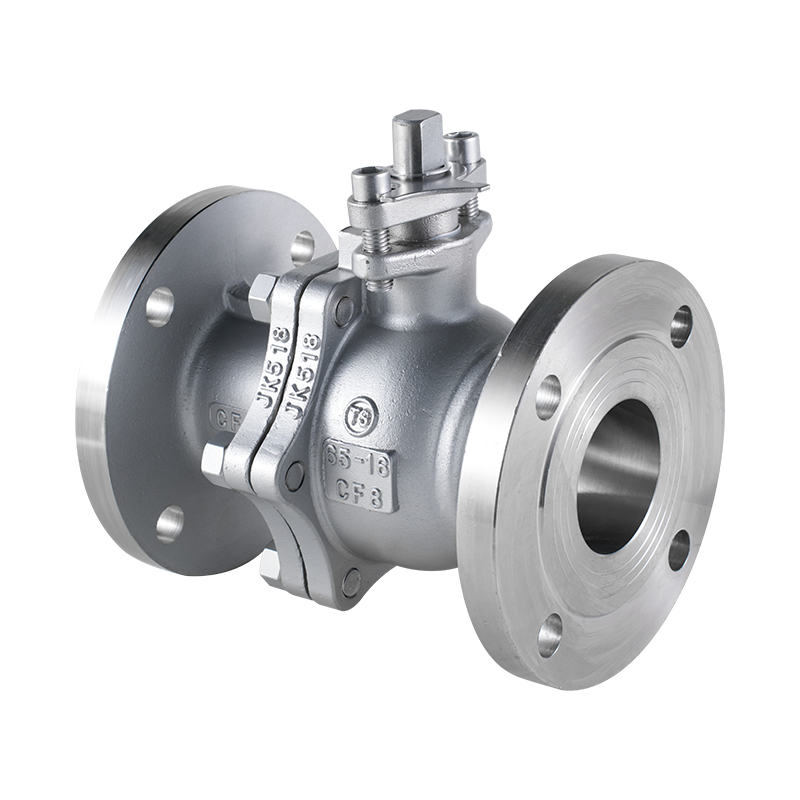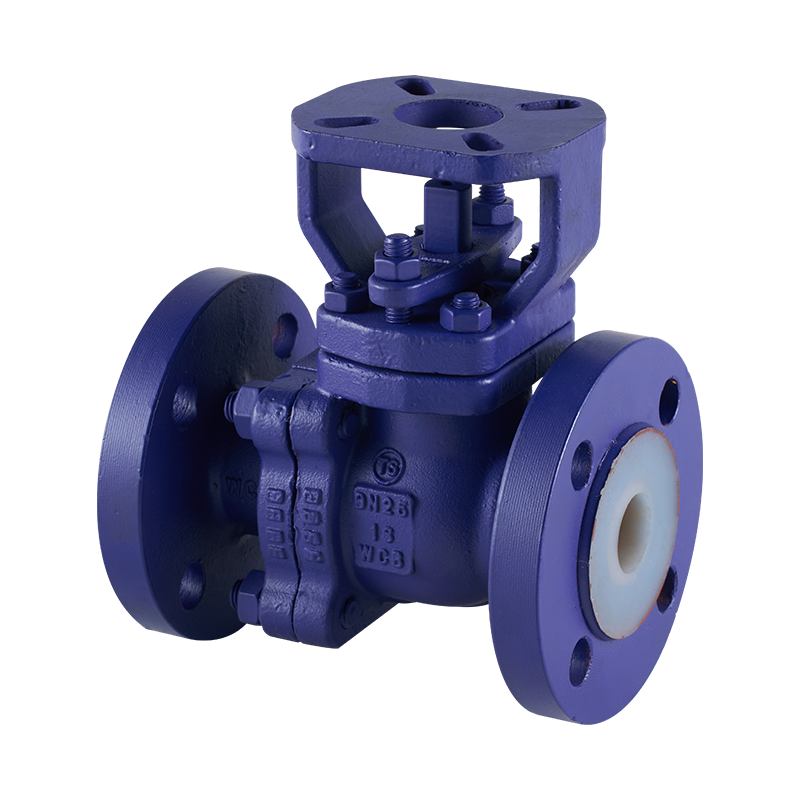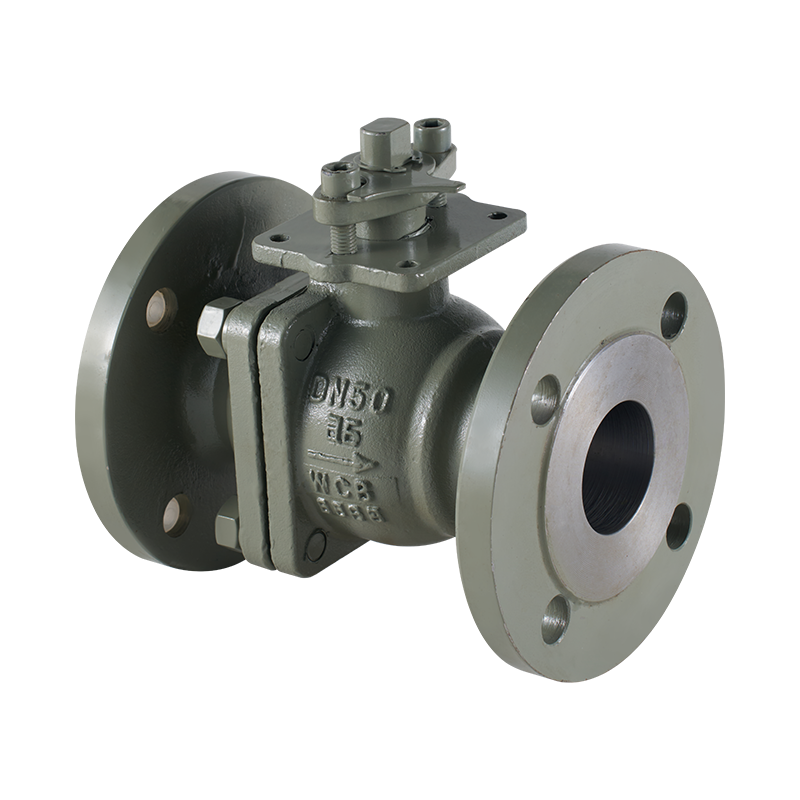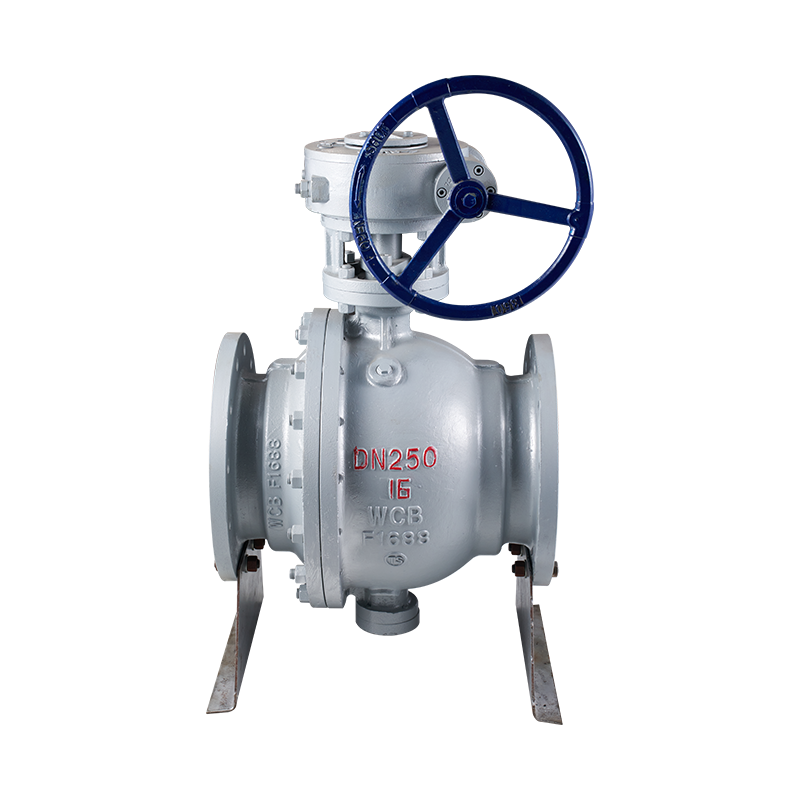Industrial ball valves are essential components in fluid control systems, used across petrochemical, water treatment, pharmaceutical, and power industries. Both Floating Ball Valve and Industrial Ball Valve types must be carefully selected according to system requirements, especially their pressure ratings, to ensure safety and reliability. Understanding how these ratings influence valve performance is crucial for engineers and maintenance teams. Here at Xiongxiang, we emphasize proper valve selection to enhance long-term system efficiency.
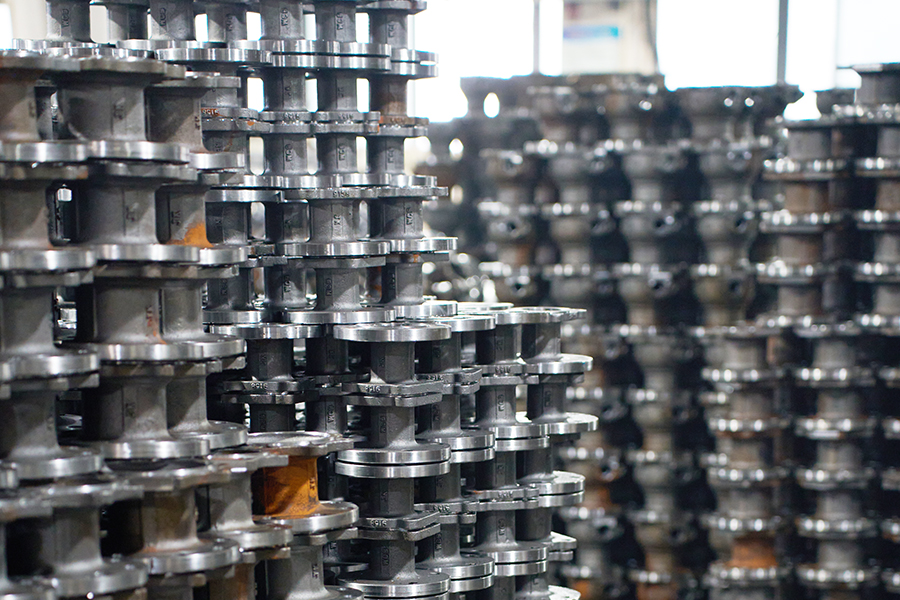
What is a Pressure Rating?
A pressure rating represents the improved pressure a valve can withstand safely at a given temperature without failure. It is a critical specification because exceeding the pressure limit can cause leaks, damage the valve, or compromise the entire system.
For industrial applications, Floating Ball Valves typically have pressure ratings defined by ANSI or API standards, while Industrial Ball Valves may offer broader options, including high-pressure designs for chemical plants or power stations.
Key points about pressure ratings:
Measured in PSI or bar
Specified for improved temperature conditions
Varies with material, design, and manufacturing quality
Factors Influencing Pressure Ratings
Several factors determine the actual pressure rating of an industrial ball valve:
Material Composition
Stainless steel, carbon steel, and brass have different strength properties.
Material choice affects corrosion resistance and pressure-handling capabilities.
Temperature Conditions
High temperatures can reduce material strength.
Xiongxiang valves are tested for both high-temperature and low-temperature performance to ensure safety across various applications.
Valve Design
Floating Ball Valves rely on the ball being pressed against the seat by system pressure, which may limit their low-pressure sealing performance.
Trunnion-mounted or full-port industrial ball valves distribute pressure differently, supporting higher ratings.
Seal and Seat Material
PTFE, PEEK, and metal seats respond differently under pressure and temperature.
The right selection ensures minimal leakage and longer service life.
How to Select the Right Valve Based on Pressure Rating
Selecting the correct valve rating is vital for operational safety and efficiency. Here are practical steps:
Check improved Operating Pressure – Always choose a valve whose rating exceeds the system's highest pressure.
Consider Temperature Effects – Adjust rating expectations if the valve will operate in high or fluctuating temperatures.
Account for Media Type – Corrosive or abrasive media may require higher-rated or specially coated valves.
Review Valve Size – Larger valves may have different pressure handling due to structural limitations.
Work with Trusted Manufacturers – Xiongxiang provides detailed valve specifications and can advise on the ideal pressure rating for each system.
Practical Examples in Industry
Water Treatment Plants: Floating ball valves rated for 150 PSI are commonly used in distribution lines.
Petrochemical Plants: High-pressure industrial ball valves rated 600–1000 PSI are essential for pipeline safety.
Pharmaceutical Systems: Corrosion-resistant valves with precise pressure ratings ensure process integrity and compliance with regulations.
Additional Considerations
Regular Maintenance: Even correctly rated valves require inspection to detect wear, corrosion, or leaks.
Pressure Testing: Periodic hydrostatic or pneumatic testing ensures the valve maintains its rated capacity.
Documentation: Keep pressure rating information and certificates accessible for operational audits and safety compliance.
By working with reliable suppliers like Xiongxiang Valve, engineers and maintenance teams can choose valves that not only meet pressure requirements but also deliver consistent performance across industrial applications. Proper selection, installation, and maintenance together enhance system reliability and reduce downtime.

 English
English 中文简体
中文简体


